Flexibility exercises: the best moves for maintaining mobility
These are the best flexibility exercises to keep your body supple, according to a yoga teacher (and scientific research)
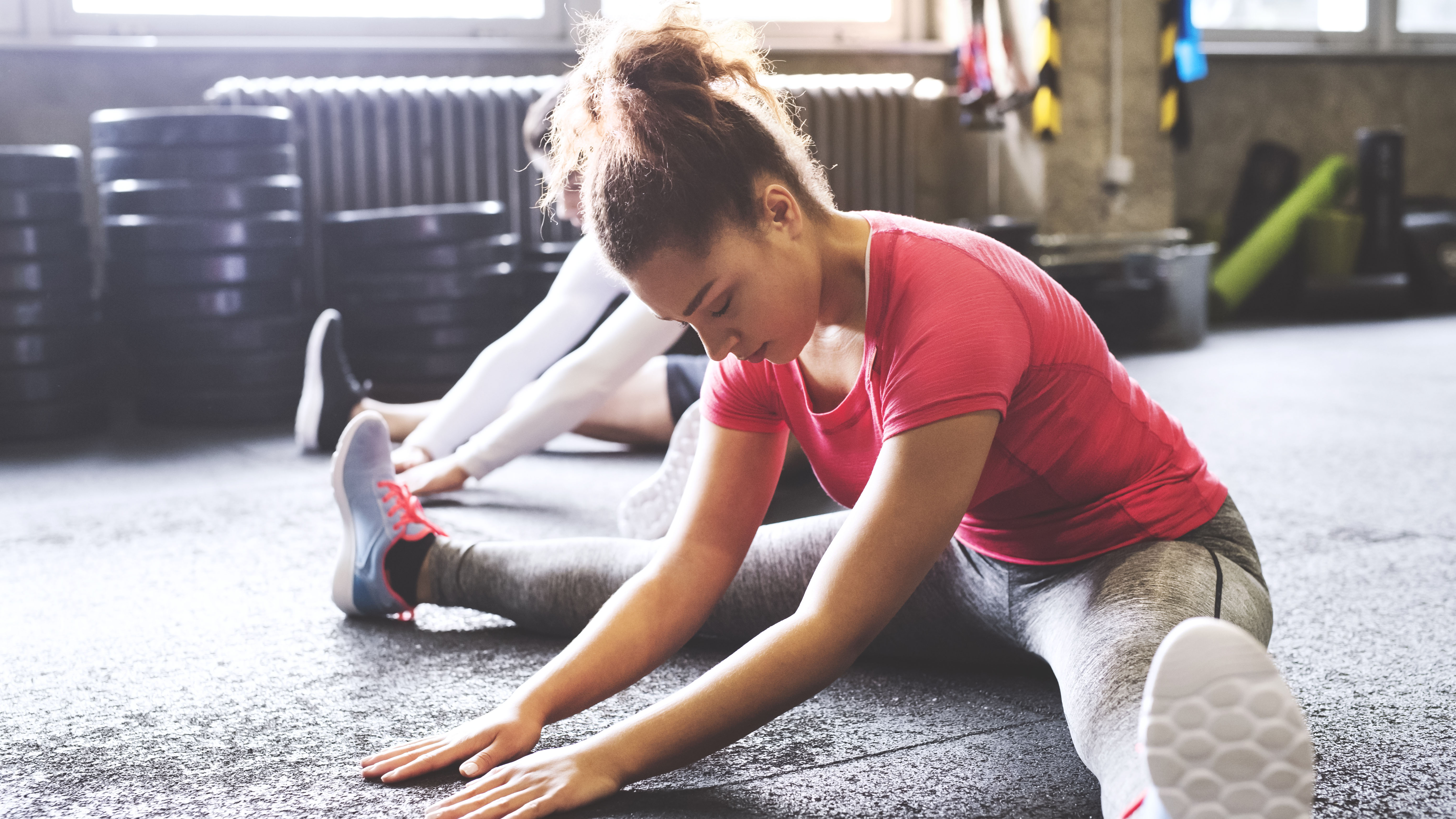
It’s important to regularly practice flexibility exercises because physical health is not just about strength. As we age, our musculoskeletal system naturally degenerates causing us to experience muscle weakness and a decrease in mobility. We can combat the effects of aging by introducing flexibility exercises into our normal exercise regime.
Flexibility is an indicator of how fit we are, according to research published in Revista Brasileira de Medicina do Esporte. Our muscles need to be stretched and strengthened in order to maintain our mobility.
You should, therefore, consider adding these flexibility exercises into your exercise routine to ensure your body is getting everything it needs to stay fit and healthy. It’s always a good idea to use one of the best yoga mats to practice these exercises on to support your knees.
Reclined big toe pose
A reclined big toe pose is great for improving and maintaining hamstring flexibility. Tight hamstrings can result in a number of issues such as postural changes and musculoskeletal pain so it’s important to stretch them. If you struggle to touch your toes, you could well see an improvement if you do this pose regularly.
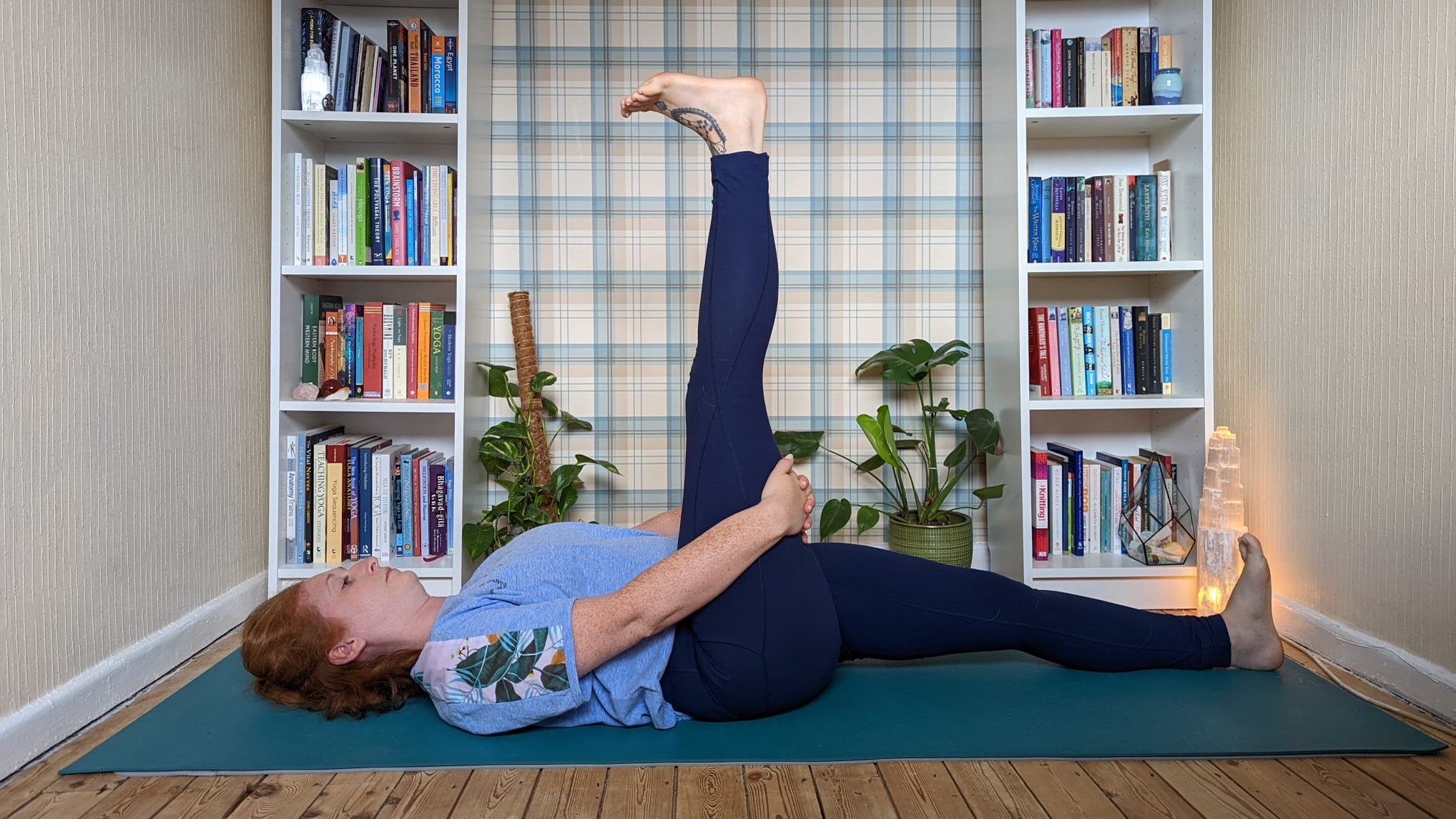
Step 1: Lie on your back and take your left leg straight along the floor and your right foot up towards the ceiling. Flex both feet by pushing out through your heels and aim to get your knee as straight as possible.
Step 2: You can take the back of your right thigh with your hands. If you can’t easily reach your right leg, consider bending your left knee, placing the left foot to the floor.
Step 3: Stay in the position for one minute, breathing slowly in and out before changing to the other leg.
Get the world’s most fascinating discoveries delivered straight to your inbox.
Top tip: To maximize this position’s effectiveness, as you hold, engage your quadriceps by pressing the leg that’s in the air into your hands while drawing the leg towards you.
Research published in the South African Journal of Physiotherapy has shown that passive stretching (where you use an external force – like gravity – to stretch) improves flexibility but that activating opposing muscles while stretching can actually have a bigger impact on increased flexibility.
Using this posture as an example, our hamstrings help our knees to bend, whereas the quadriceps (in our thighs) help straighten our knees, making them opposing muscles. By stretching one set of muscles and engaging the other, we stand a greater chance of improving their flexibility.
Lunges
Lunges have so many benefits for helping to maintain flexibility of the lower body. They open up the hip flexors as well as the deeper muscle of the psoas, quadriceps and ankles. Not only that but lunges can also help to strengthen the quadriceps, hamstrings, core and muscles of the hips.
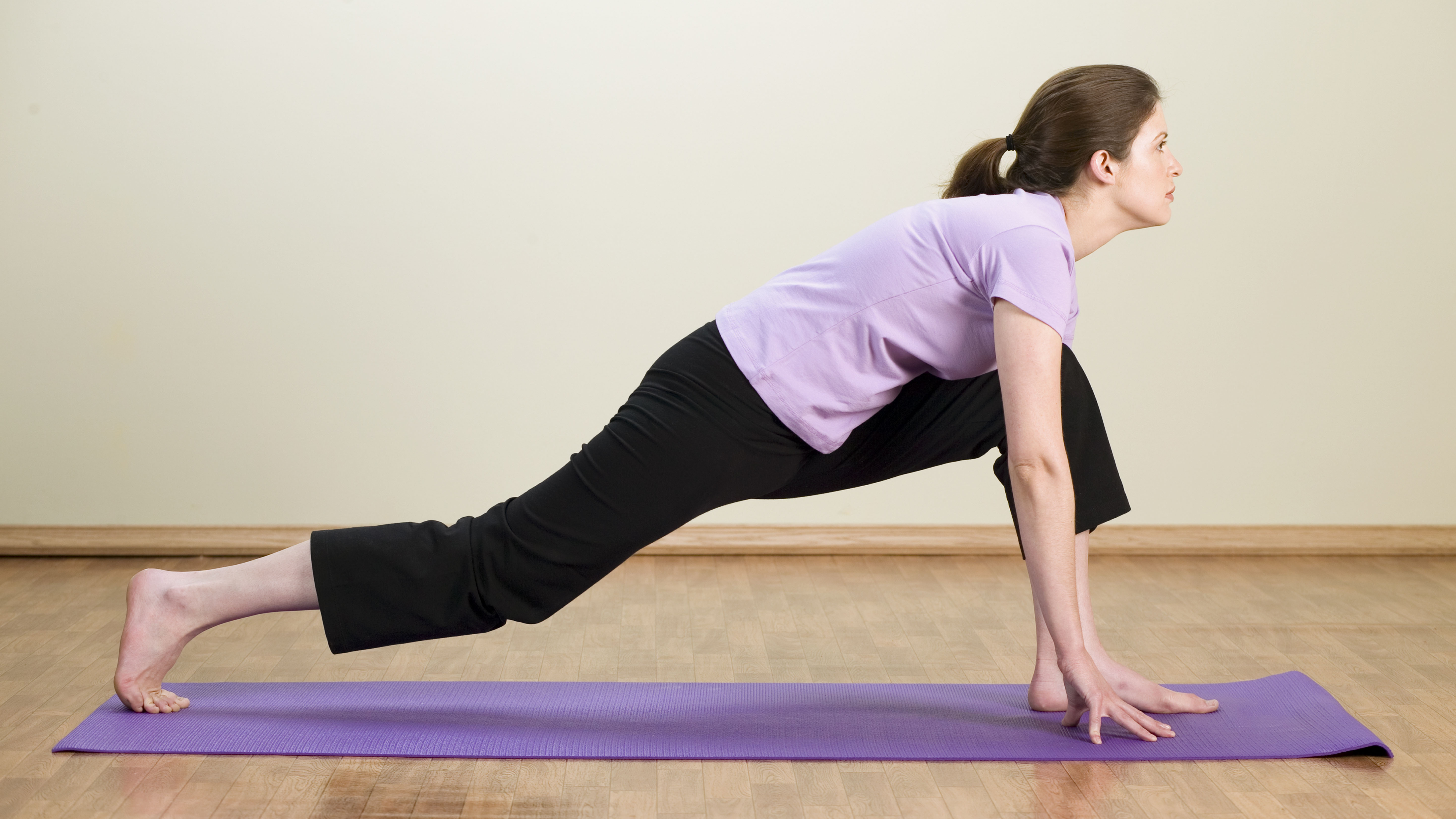
Step 1: From an all fours position, step your right foot between your hands. Walk your left leg back, if needed. You can always prop your left shin with a folded blanket if you experience any discomfort in your back knee.
Step 2: Bring your hands either side of the foot, or rest them onto your right thigh.
Step 3: Allow your hips to move forward and down while you actively press your feet into the floor.
Step 4: Stay for a minute before changing sides.
A 2009 study, published in the Journal of Strength and Conditioning Research, found that different types of lunges also offer different strengthening benefits. After a six week period, there were noticeable improvements in hamstring strength for participants who had been practicing walking lunges, and improvements in sprint running for those who had been practicing jumping lunges.
Cross leg sit to stand
Did you know that one measure of your fitness is whether you’re able to stand up from a cross leg position without using your hands? Harvard Health Publishing noted that the ‘no-hands’ test can reveal much about our strength and flexibility.
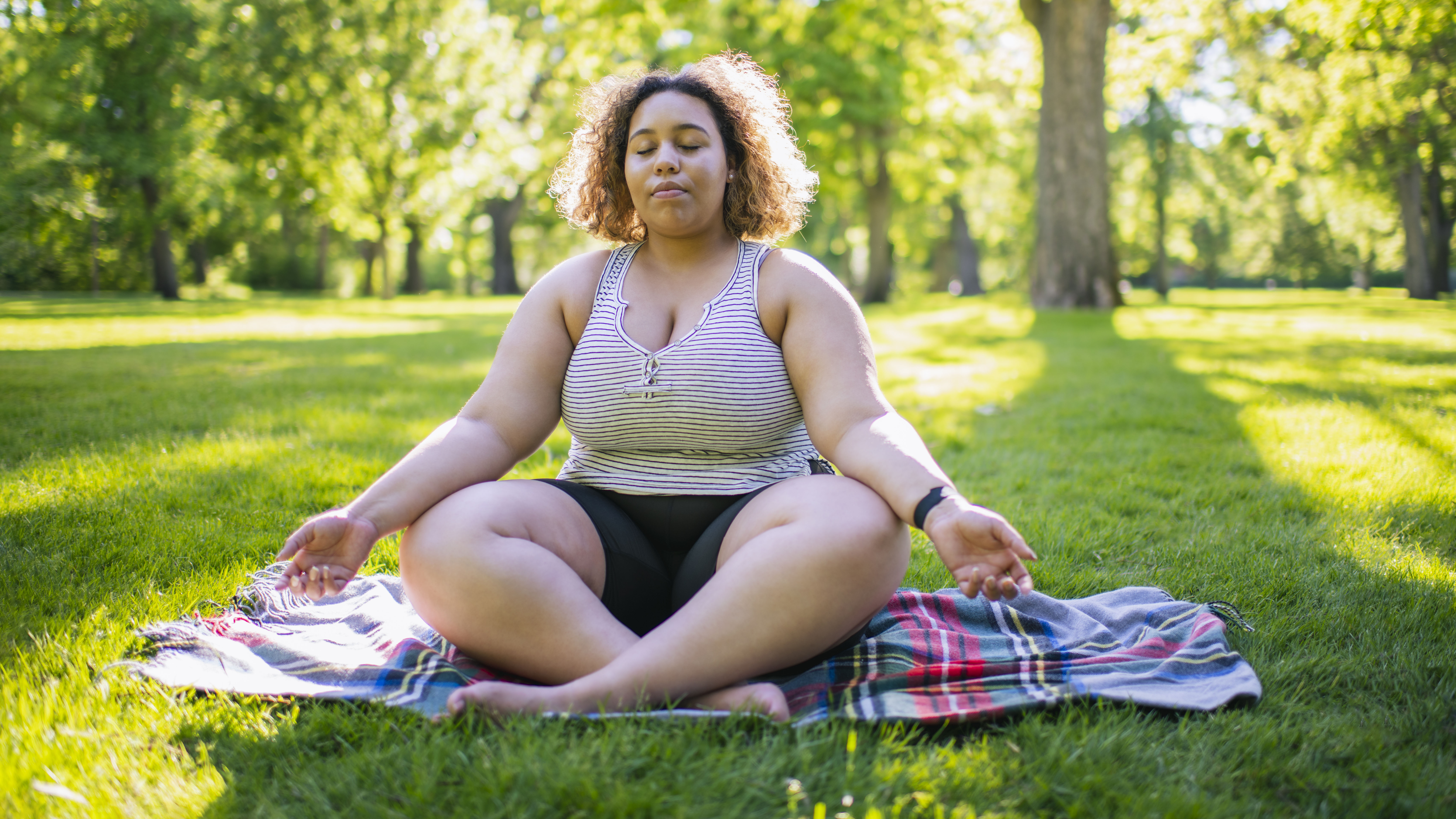
Standing from a cross leg (or other seated position) uses both our core and leg muscles and tests our balance and flexibility. Therefore, it’s recommended to practice this exercise to increase your flexibility and maintain your mobility.
Researchers in Brazil, as noted in a study published in the Revista Brasileira de Medicina do Esporte, developed the ‘sitting-rising test’ as a clinical examination to help health professionals to evaluate the ‘flexibility of lower limb joints, balance, motor coordination, and muscle power/body weight relationship’.
They noted this could be ‘perhaps characterized as minimum functional muscular fitness’. They believed that ‘based on the SRT results, health professionals are likely to have better means of stimulating the adoption of more active lifestyles and to advising physical activity programs in a more scientific way.’
Step 1: Come to sit cross legged either on the floor or a cushion. If you have bad knees, sit with your legs out straight.
Step 2: Start to press into your legs and feet to try and stand up without using your hands.
Step 3: Make sure you have someone or something you can use (that doesn’t move) if you do need to use your hands to come up.
Step 4: Lower yourself back to the floor without using your hands, if you can, and try to stand again without support. Continue doing this for 10 rounds then rest.
Top tip: You can always do this from sitting in a chair.
Banded shoulder rotations
The use of the best resistance bands during exercise is often thought to increase strength but research has indicated that it can be effective for increasing flexibility too.
A meta-analysis study published in the Journal of Physical Therapy Science found that the use of resistance bands was effective in improving the ‘functional reach’ test score (a flexibility test) of elderly participants living in the community. Therefore, this suggests resistance bands can be used for increasing flexibility and not just strength building.
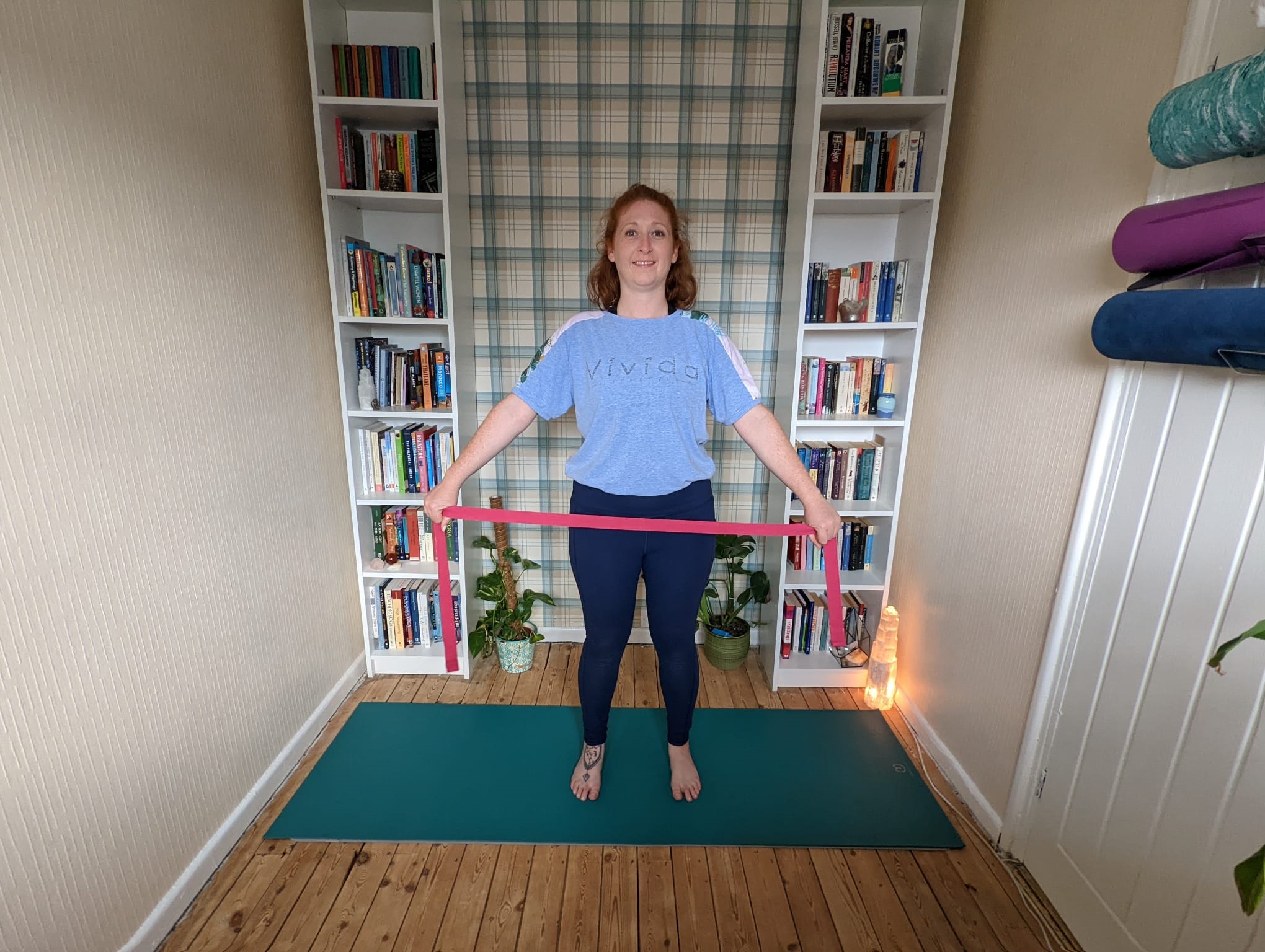
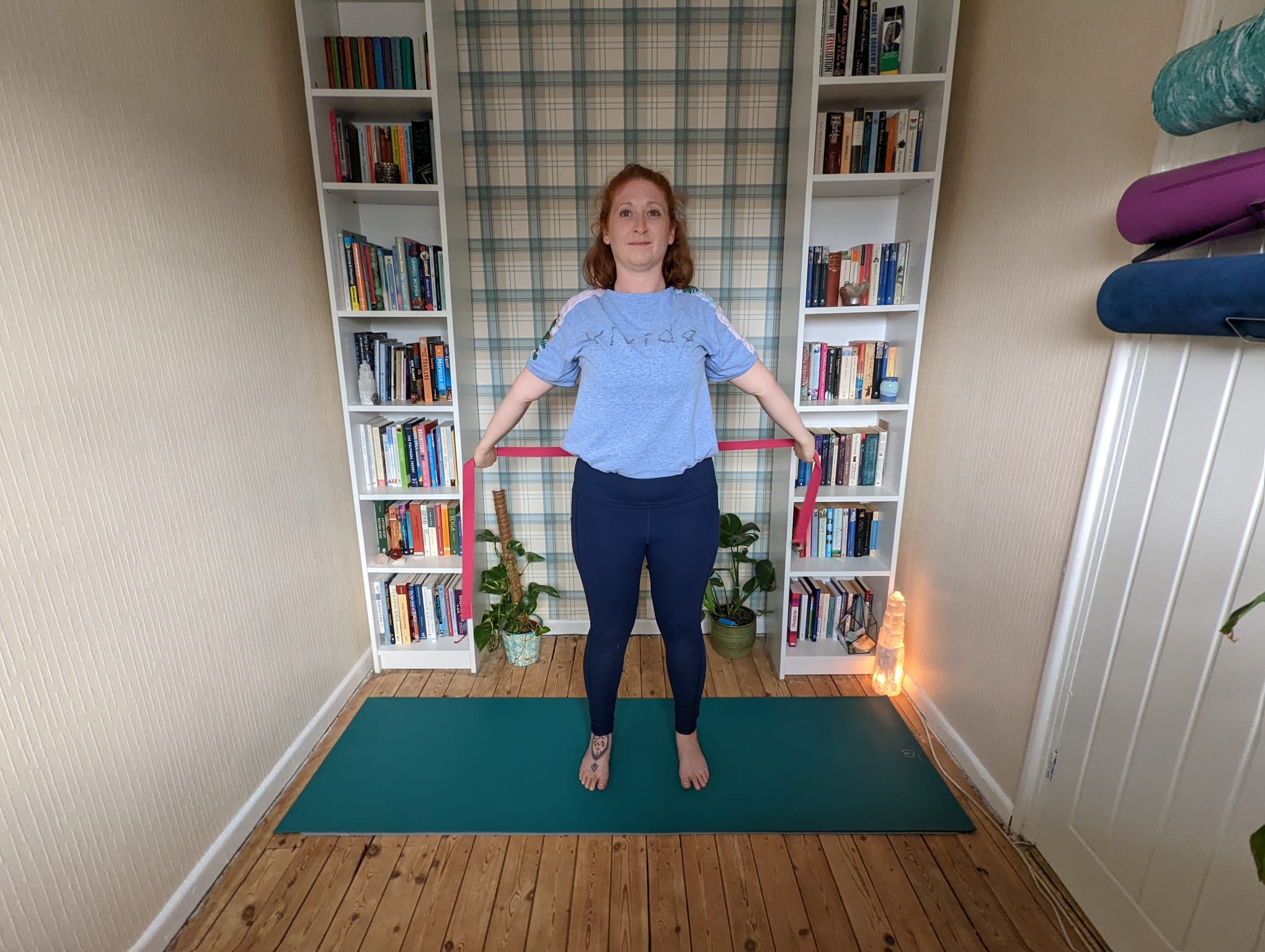
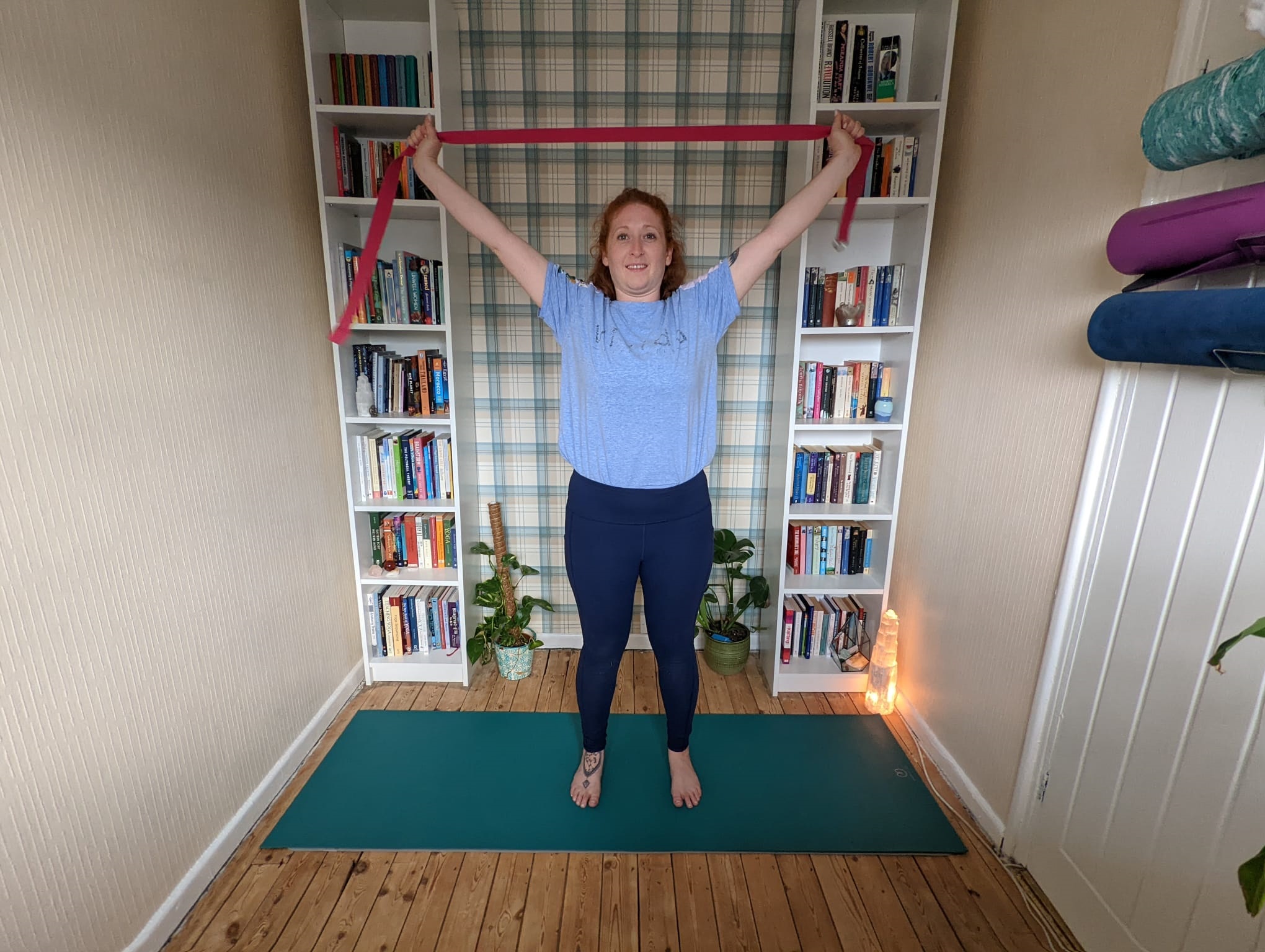
Step 1: Hold one end of a resistance band (or yoga belt) in each hand and stretch it so it’s pulled tight.
Step 2: Inhale and lift your arms up, keeping your elbows straight and avoid bending your wrists. Take your arms up and over your head.
Step 3: Exhale and continue the movement, bringing your hands down behind you and towards your hips. Your arms should have gone up and over your head.
Step 4: Inhale and lift your arms back up, over your head.
Step 5: Exhale and bring them back down to the front of your body, by your hips.
Step 6: Repeat this 8-10 times before resting.
These banded shoulder rotations help to open the muscles of the shoulders, upper back and chest.

Kat has a Master's degree in Psychology from the University of Glasgow, with her dissertation focusing on the impact of mental health and deprivation on connection with urban nature. She also has over 10 years of yoga teaching experience with further training in supporting injured students. She is qualified to teach Yin Yoga, Hormone Yoga Therapy and more traditional forms of Hatha yoga. Published in T3, Fit and Well, Tech Radar and Ekhart Yoga to name a few, she also has a certificate as a Yoga Therapy Practitioner. Kat previously worked with those impacted by severe mental illness.


